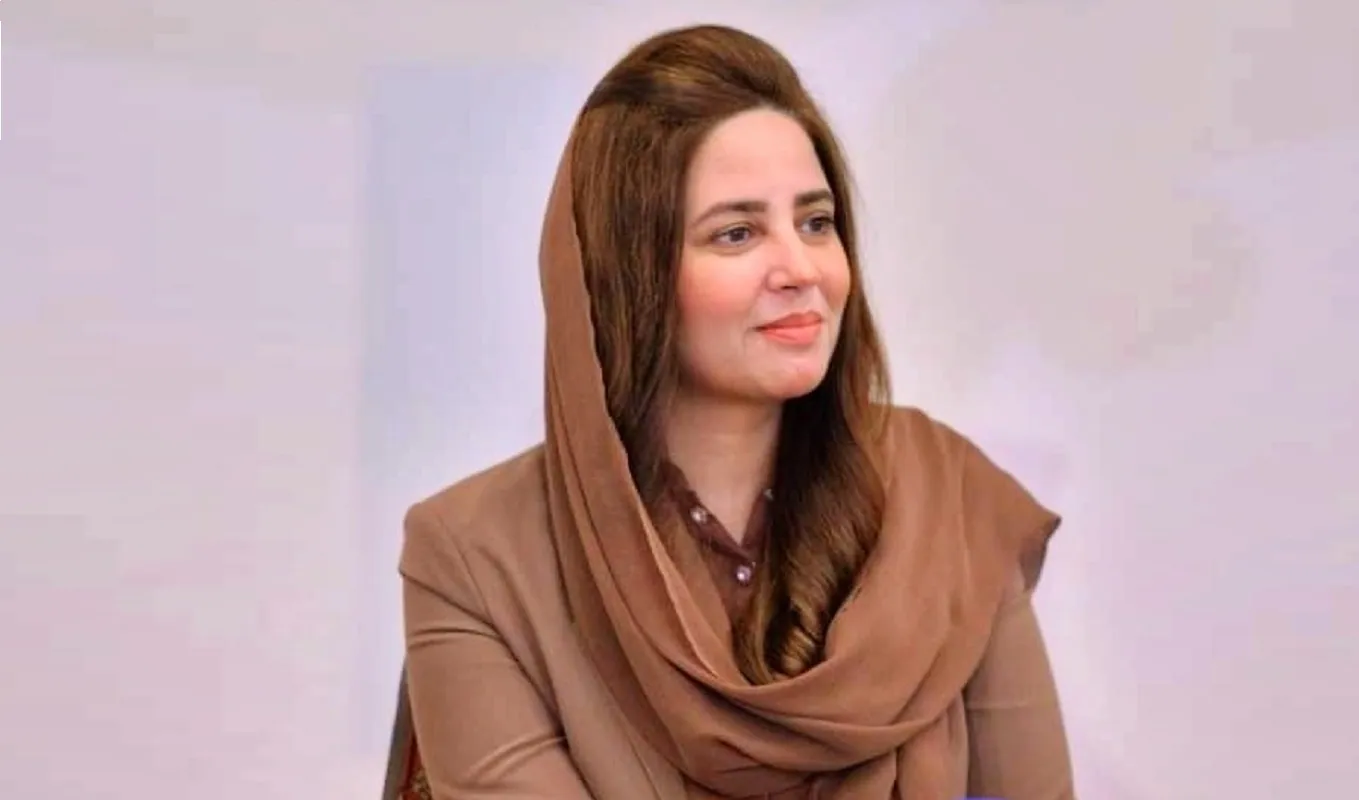Zartaj Gul’s Video and MMS Release: PTI Minister Caught in Scandal

Zartaj Gul, a prominent Pakistani politician and Minister of State for Climate Change, finds herself entangled in controversy following the emergence of an alleged leaked video and MMS. This article delves into the complexities surrounding the issue, addressing the challenges of verifying digital content, the impact on political figures, and the broader implications for responsible journalism.
Early Life and Political Journey:
Born on October 17, 1984, in Khyber Pakhtunkhwa, Zartaj Gul’s political journey commenced with her involvement in Pakistan Tehreek-e-Insaf (PTI) and Insaf Student Forum (ISF) in 2005. Her educational background, spanning Queen Mary College to the National College of Arts, reflects a diverse skill set contributing to her role as a Member of the National Assembly and Minister of State for Climate Change since 2018.
Zartaj Gul Alleged Leaked Video:
At the heart of the controversy is an alleged leaked video and MMS featuring Zartaj Gul. The unverified nature of the content necessitates a cautious approach, with Gul vehemently denying its authenticity, attributing it to a malicious smear campaign. Navigating such unverified claims underscores the importance of responsible journalism, urging a reliance on credible sources to maintain the integrity of the
narrative.
https://www.youtube.com/watch?v=eLFQA_1-7so&ab_channel=BoltaPakistan
https://www.youtube.com/watch?v=Jo6Sg7QqQIA&ab_channel=HamaraPakistan
Challenges in the Digital Age:
In an era dominated by rapid information dissemination through digital channels, the Zartaj Gul controversy exposes the unique challenges faced by political figures. The potential consequences of misinformation underscore the need for a discerning public and responsible journalism that prioritizes accuracy over sensationalism, even in the face of the allure of viral video.
Balancing Privacy and Public Scrutiny:
The controversy also prompts reflection on the delicate balance between an individual’s right to privacy and the public’s expectation of transparency from public figures. As discussions unfold, citizens are encouraged to engage in informed discourse while respecting the boundaries that distinguish personal matters from those relevant to public governance.
Conclusion:
As the Zartaj Gul controversy evolves, it serves as a microcosm of the complex landscape surrounding political figures in the digital age. The blurred lines between personal privacy and political transparency emphasize the need for responsible journalism, critical thinking, and a nuanced understanding of the challenges faced by public figures. Moving forward, a discerning public and ethical journalistic practices will play a pivotal role in shaping a constructive dialogue around such controversies, ensuring accuracy prevails over sensationalism.
